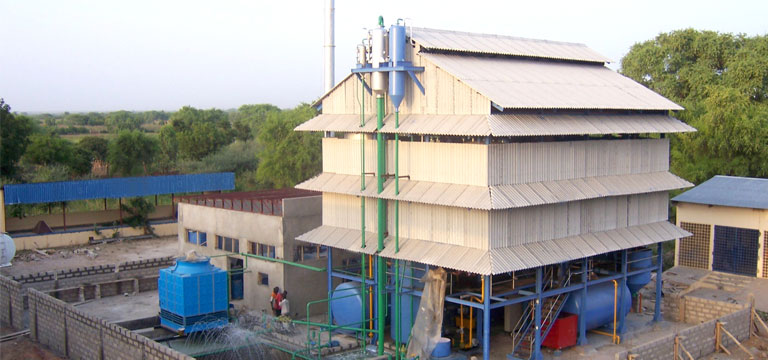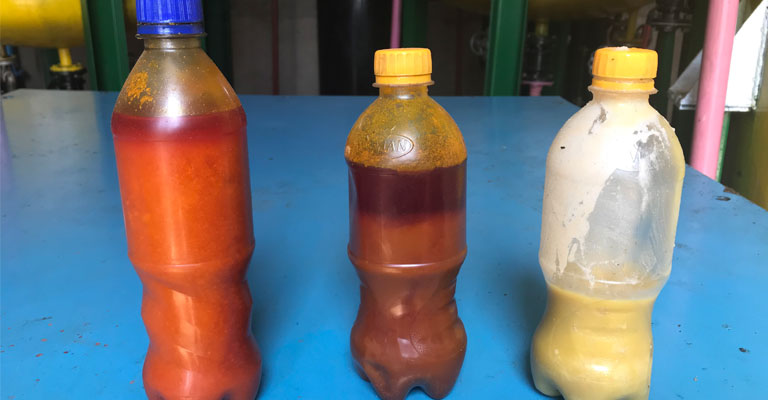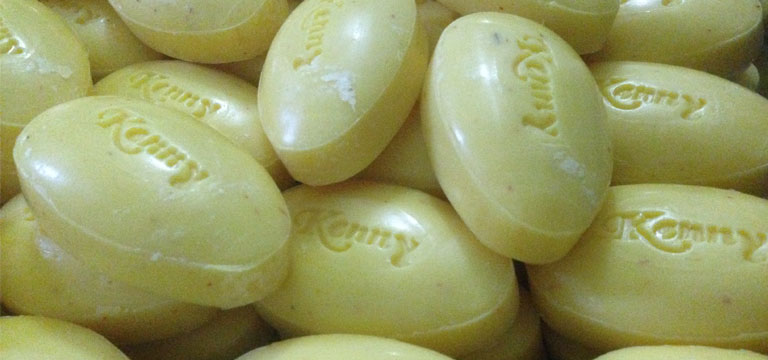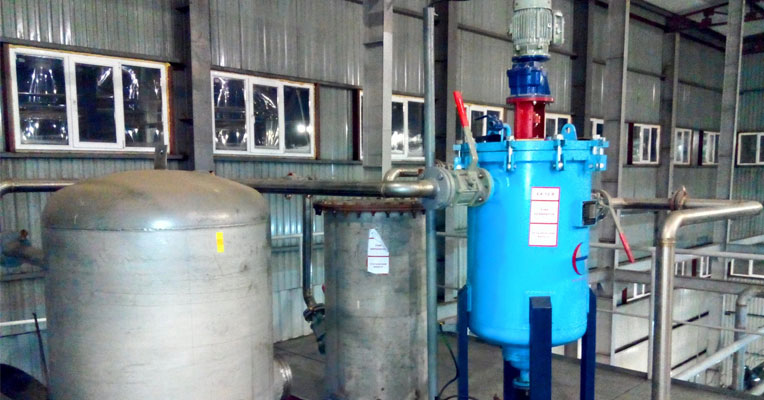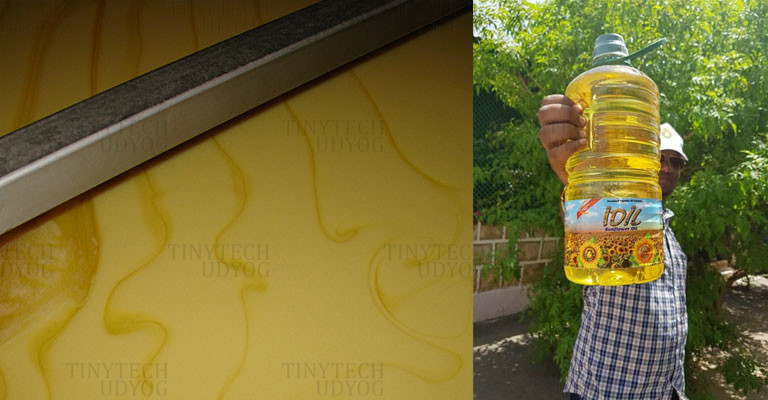Often Called as Winterization Process Post Cooling
Dewaxing may be the fifth process considered for the edible oil refining. It is not a compulsory process and it is not required for every type of oil. Dewaxing is performed only for high wax containing oils such as Sunflower Oil, Rice Bran Oil, Corn Oil etc.
Tinytech Dewaxing Plants are incorporated with intrinsically designed Crystallizer Equipments which are specially made of very slow cooling with continuous agitation for better heat transfer.
Winterisation is another name to the process of dewaxing. The name winterization appears as during winter when the temperature is low, waxes present in the oil crystallizes, they give hazy appearance to the oil.
Description for Dewaxing Process
Some oils are dewaxed before packing so as to remove waxes, which are dissolved in the oil. Most of the oils do not need dewaxing as they contain little or no waxes. Mainly SFO and RBO contain appreciable quantities of wax in them. This gives a hazy appearance to the oil during winter season. The reason for hazy appearance is due to the precipitation of dissolved waxes. The presence of wax makes the oil appear cloudy at room temperature. The oil normally becomes cloudy in 5–6 h but with proper dewaxing the oil remains clear after 24h of storage at 0˚C.
Dewaxing is carried out by chilling the oil up to 10-15°C into the crystallizers. Chilling plant is responsible for the low temperature achievement. The crystallizers are equipped with agitation mechanism which is controlled by variable drive so as to have a controlled system and not to break the formed crystals.
The precipitated solids are then filtered and removed. The resultant oil gives a sparkling appearance even in winter temperatures.
Crystal Formation during Dewaxing
Want to prevent Clouding?
Use our Tinytech Crystallizers to remove High – Melting Fractions with Special Filtration.
Steps for Dewaxing of Vegetable Oils
- Crude oil is refined and bleached to low phosphorus (<1ppm) and low moisture content (<0.1%).
- The oil is heated to 55˚C to make sure the oil is fully liquid. This is already achieved in the Cooler Vessel while reducing the deodorization temperature.
- The oil is then slowly cooled 10–15˚C. Chiller helps for the same.
- The chilled oil is stored into the Insulated Crystallizers with a special slow-speed mechanical agitator.
- Preferably, the oil is held for several hours at this temperature.
- Crystal formation in the oil defines the completion of cooling.
- Special transfer pump will slowly feed the slurry to the Filter press.
- Filtration yields clear liquid oil and the by-product waxes as output.
TRIVIA
- Sunflower, corn, canola and rapeseed oils contain non-triglyceride compounds that create a haze, or wax, in the oil when chilled or stored for long periods. Chilling, followed by filtration, removes these compounds.
- Cooling oil to remove high-melting components is known as winterizing. Winterizing oils that contain non-triglyceride compounds is frequently called dewaxing.
